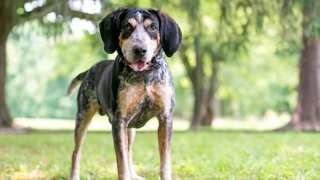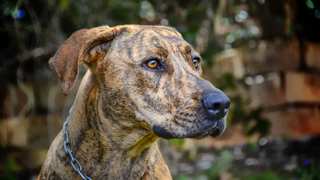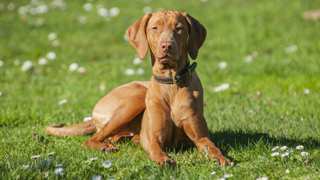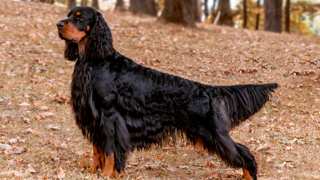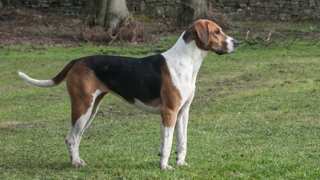As an energetic, athletic hunting breed, Redbone Coonhound exercise requirements are pretty high. These dogs are intelligent and task-oriented, so they'll need a variety of activities that both condition them physically (walking, fetch) and stimulate them mentally (games, canine sports). They make good jogging and bicycling companions as well.
Adult Redbones, depending on their age, will need at least an hour of dedicated exercise each day. You can start exercising your Redbone puppy when it's three months old by taking it on short walks, then you can increase the walks' length as the pup grows.
Precautions with Redbone Coonhound exercise:
- Don't exercise puppies too hard before they're nine months old
- High prey drive means a leash is required when exercising in public
- Yards should be securely fenced to keep the dog from running off
- Possible separation anxiety; exercises should be done together with people
Exercising your Redbone Coonhound every day is a must. These dogs are normally friendly and calm--when they're not tracking an animal, at least!--but without consistent activity they'll be anxious and destructive. Regular exercise will be great for the dog's peace of mind! A few exercise ideas:
- Walking/Jogging/Bicycling: Two 20-minute walks (or 15-minute jogs or bike rides) per day is a good target
- Fetch/Frisbee: Redbones love chasing a ball, stick, or Frisbee
- Tug-of-War: Great indoor activity; use a rope or old towel
- Hunting: Puts these dogs in their natural element
- Canine Sports: Redbones can excel at obedience or agility trials and other events
- Hiking: Excellent bonding activity; bonus if you can find a remote area
When indoors, giving your Redbone access to balls or toys will allow the dog to burn excess energy. It's also good to have a regular exercise schedule for the dog, such as walks, jogs, or bike rides after breakfast and dinner and playtime in the afternoon.
